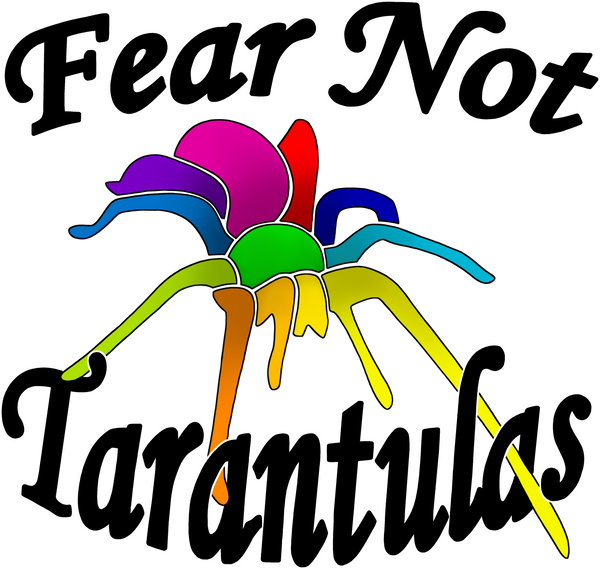About: This beautiful, orange, Asian species is rarely seen in the hobby. Though it is a burrowing tarantula, it can often be seen on the top of its webbing, so you’ll have plenty of opportunities to appreciate the bright coloration of this beauty!
From Tom’s Big Spiders:
Despite being an old word species, my O. philippinus slings would much rather flee to their burrows than stand and fight. They are obligate burrowers, and they require deep substrate so that they can construct suitable dens. This is a species that requires a more humid climate, and for them to thrive, they do need slightly moist substrate. When presented with two starter dens, one on the dry side of the enclosure and one on the moister side, both of mine chose the moist side to create their homes.
For substrate, I keep them on a mixture of coco fiber and peat moss with a bit of vermiculite mixed in on the bottom to help maintain moisture. I will then sprinkle water in occasionally to keep the surface just a bit moist. The majority of the water will percolate down the sides of the enclosure keeping the lower levels more damp than the upper levels. This allows my T to burrow and chose the level of moisture it needs. I also allows for water to evaporate more slowly, keeping the humidity up.
Once its den is constructed, the O. philippinus will wait just inside the entrance hole for a prey item to stumble by. When the unfortunate insect is sensed, the O. philippinus will launch out of its hole, ambushing the insect and grabbing its meal. It will then drag the item back into its den so that it can eat in private. In my experience, they are voracious eaters who will only refuse a meal when in premolt. When mine were about 2″, they had no problem taking down larger crickets. I feed them appropriately-sized cricket or roach every three days or so. Click here to see the rest

